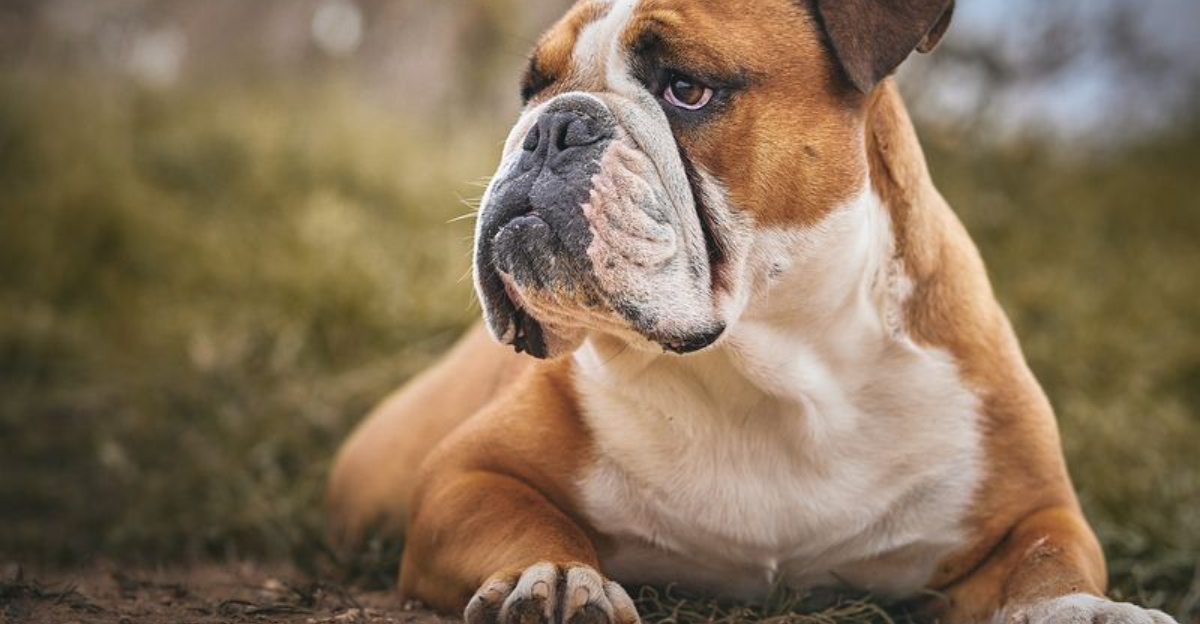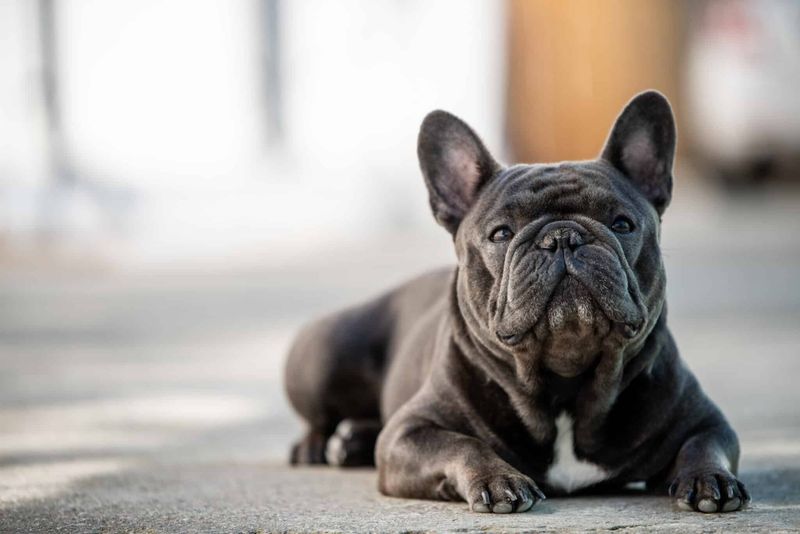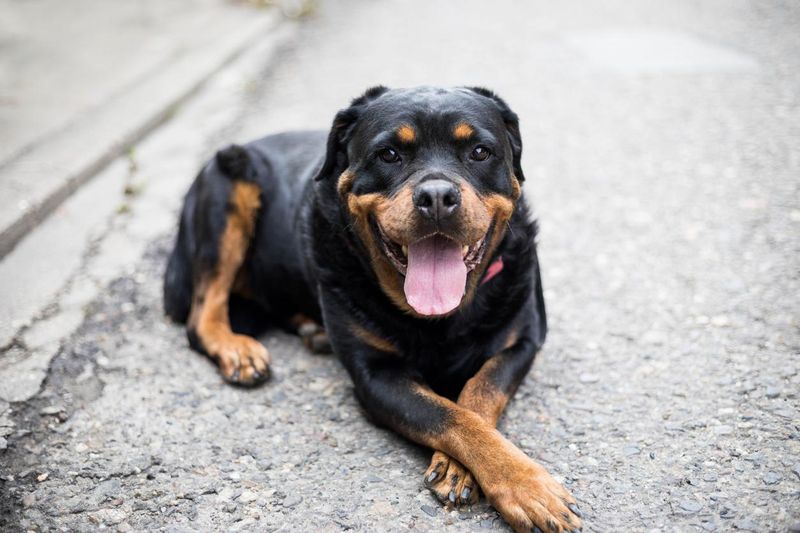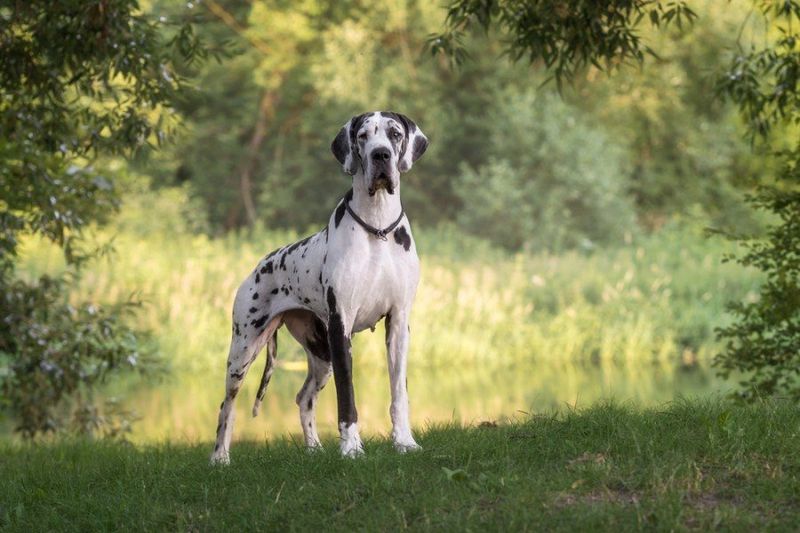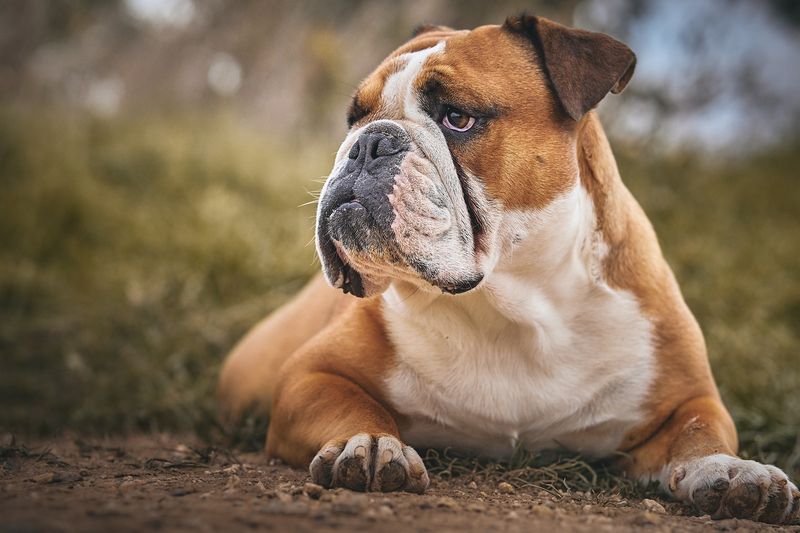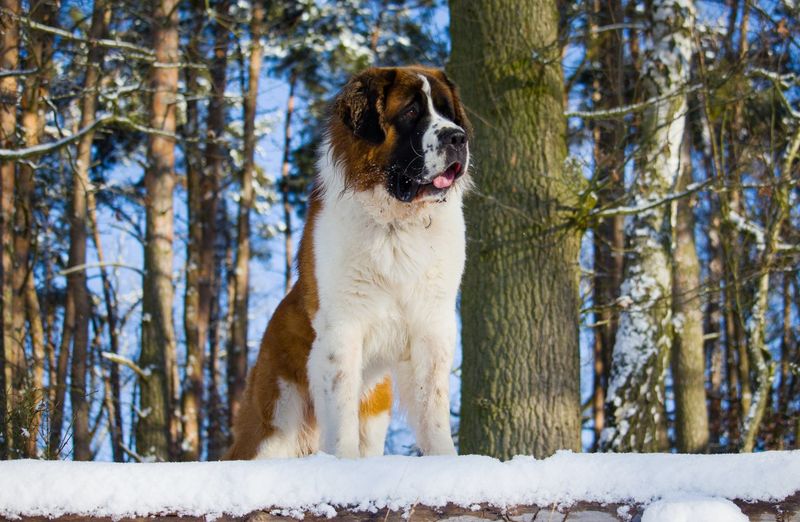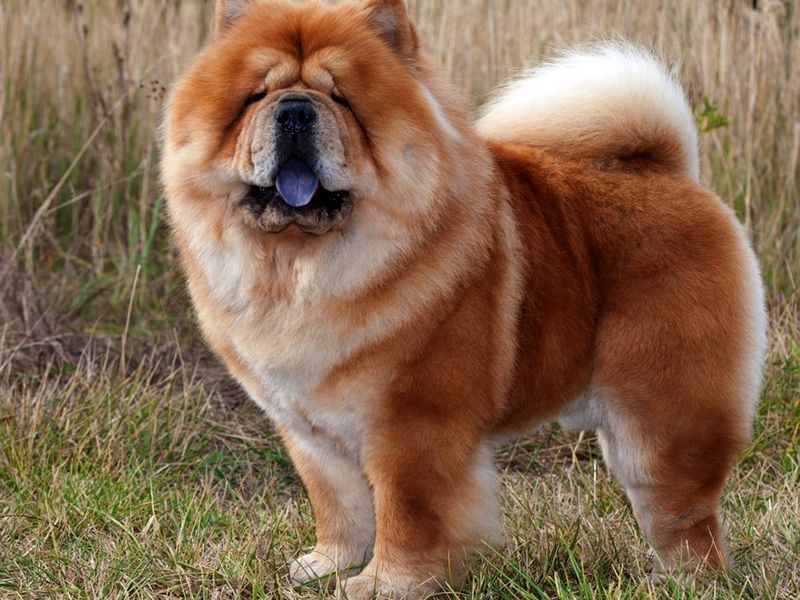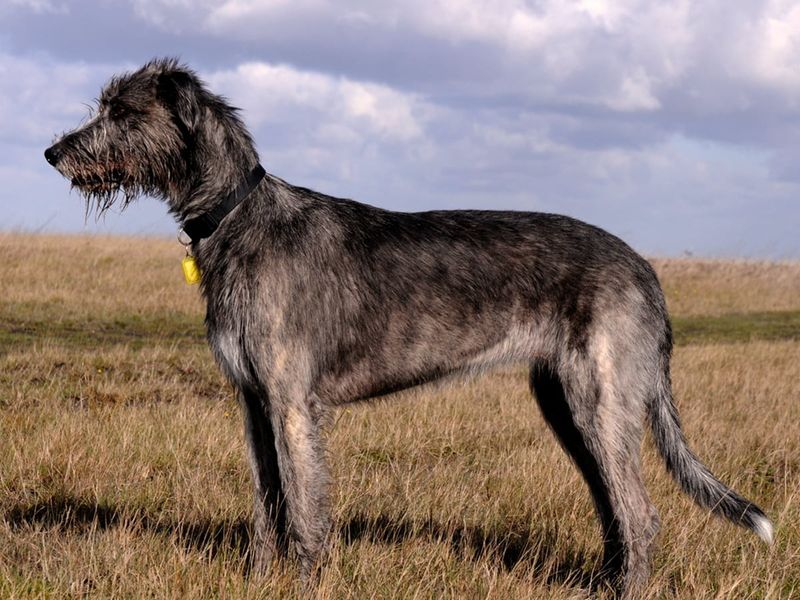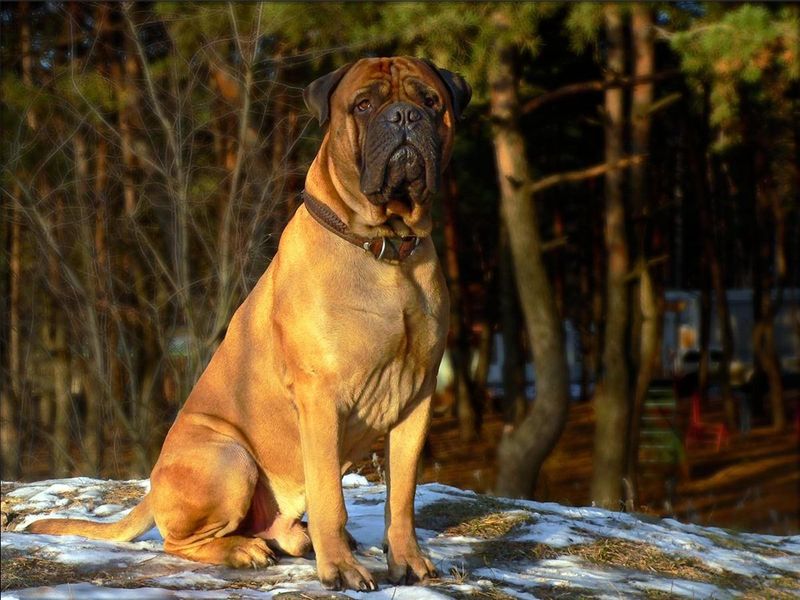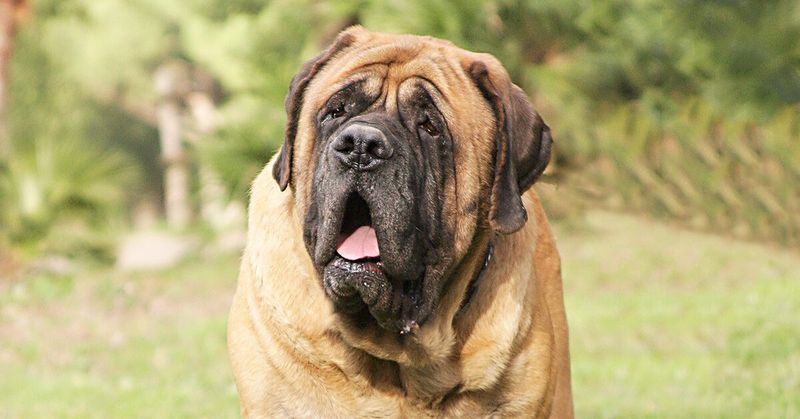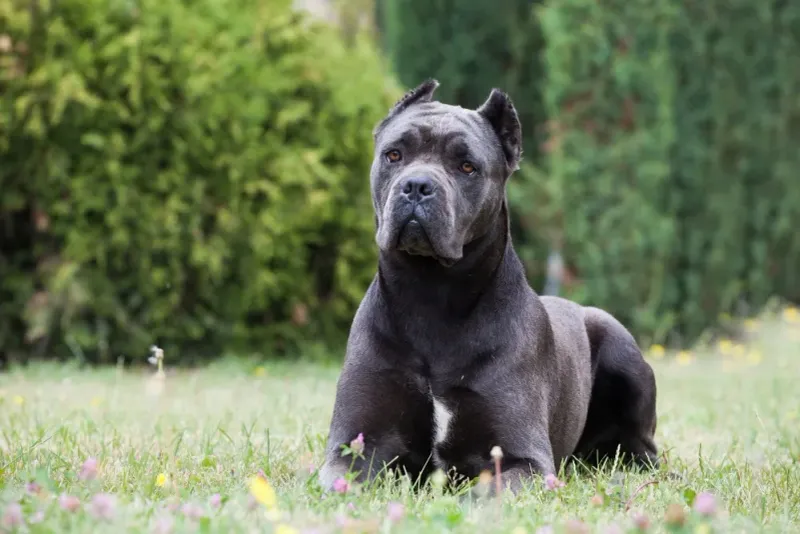When it comes to pet insurance, not all dog breeds are created equal. Some breeds are known for their higher insurance costs due to various factors like health issues, size, and lifespan. In this article, we’ll explore 16 dog breeds that can cost three times more to insure, providing insights into what makes them unique and potentially costly.
Newfoundland
With a heart as big as its paws, the Newfoundland is every child’s gentle guardian. Known for their water rescue skills, these gentle giants require specialized care.
The thick coat and large size contribute to their higher insurance rates due to potential health issues like hip dysplasia and heart conditions. Owners adore them for their sweet demeanor and unwavering loyalty.
A fun fact: Newfoundlands have webbed feet, making them excellent swimmers. Their history as working dogs on fishing boats adds to their appeal, but the cost of insurance is something to consider.
French Bulldog
The French Bulldog, with its endearing bat-like ears and compact size, is a popular companion. Yet, those adorable features are linked to significant health concerns, including breathing difficulties and skin issues.
Because of these potential problems, insuring a French Bulldog can be pricey. Their playful and affectionate nature often wins hearts, but prospective owners must be mindful of the costs involved.
Interestingly, these dogs were originally bred to be miniature versions of English Bulldogs, catering to lace workers in France. Their charming appearance continues to captivate dog lovers worldwide.
Bernese Mountain Dog
The Bernese Mountain Dog, with its striking tri-color coat, is a picture of elegance and strength. While their appearance is captivating, their size and predisposition to health issues like cancer and hip dysplasia make them costly to insure.
These dogs are beloved for their calm temperament and loyalty. Families often choose them for their gentle companionship, but the financial aspect of their care must be considered.
Did you know? The Bernese Mountain Dog is one of four Swiss mountain dog breeds. Their history as farm dogs in the Swiss Alps contributes to their robust nature.
Rottweiler
Known for their protective nature, Rottweilers are both loyal and strong. Their muscular build and guarding instincts make them natural protectors of the home.
Unfortunately, their predisposition to health issues such as hip dysplasia and heart conditions increases insurance costs. Despite this, their loyalty and intelligence make them a favored choice for many.
Interesting tidbit: Rottweilers were once used to pull carts for butchers. Their strength and endurance have contributed to their reputation as working dogs, but insurance costs are something to keep in mind.
Great Dane
The Great Dane, often referred to as the “gentle giant,” captivates with its towering stature and graceful demeanor. While their size is awe-inspiring, it’s also a factor in their higher insurance rates.
These dogs are prone to health issues such as bloat and heart diseases. Despite the costs, their affectionate and gentle personalities charm many dog lovers.
Did you know? The Great Dane is the national dog of Germany, despite its name suggesting otherwise. Their history as hunting dogs adds to their noble appeal, balanced by the consideration of insurance expenses.
English Bulldog
The English Bulldog, with its iconic wrinkled face and stocky build, is a true charmer. However, those wrinkles and distinctive features come at a cost. The breed is prone to various health issues, including respiratory problems and hip dysplasia.
Consequently, insuring an English Bulldog can be expensive. Despite these challenges, their affectionate nature and loyalty make them a beloved choice for families. But potential owners should be aware of the financial implications concerning healthcare.
Did you know? The Bulldog was originally bred for bull-baiting, a sport now thankfully obsolete. Their gentle nature today is a far cry from their fierce past.
Boxer
Boxers, with their athletic build and expressive faces, are renowned for their playful and energetic nature. However, those same energetic antics can lead to health issues such as heart conditions and cancers.
These concerns can make insuring a Boxer rather costly. Their boundless energy and loyalty are endearing, but prospective owners should account for potential health expenses.
A quirky fact: Boxers were named for their tendency to “box” with their front paws during play. This playful trait enhances their charm, though it’s wise to prepare for the associated insurance costs.
St. Bernard
St. Bernards are synonymous with rescue and loyalty. Their history as alpine rescue dogs adds to their legendary status.
These gentle giants require careful health monitoring, as they can suffer from conditions like hip dysplasia and heart problems. Consequently, their insurance can be on the higher side.
Fun fact: St. Bernards are famous for their rescue work in the Swiss Alps, where they carried small barrels of brandy to aid stranded travelers. Their loving nature is a blessing, and owners should consider the insurance costs involved.
Chow Chow
The Chow Chow, with its lion-like mane and aloof personality, is a breed that commands attention. Known for their independence, they often resemble a fluffy teddy bear.
Their unique characteristics come with specific health concerns, such as entropion and hip dysplasia, which can make insurance expensive. Despite their aloofness, they are loyal and protective companions.
Did you know? Chow Chows are one of the oldest dog breeds, with a history that dates back to ancient China. Their regal appearance continues to intrigue, but the cost of care is something to consider.
Irish Wolfhound
The Irish Wolfhound, known for its impressive height and gentle nature, is a true gentle giant. These dogs are often adored for their calm demeanor and noble appearance.
However, their size and predisposition to health issues like heart disease contribute to high insurance costs. Their presence is captivating, but potential owners must prepare for financial responsibilities.
A historical tidbit: Irish Wolfhounds were once used in wars to pull men off horses and chariots. Their majestic stature remains a symbol of strength and grace, with insurance considerations in mind.
Bullmastiff
Bullmastiffs, with their robust frames and calm demeanor, are known as gentle guardians. Their protective instincts make them excellent family companions.
However, these traits can come with health issues like hip dysplasia and arthritis, increasing insurance costs. Their loyalty and protective nature are cherished, but owners should consider the financial implications.
Interestingly, Bullmastiffs were bred in the 19th century to guard estates from poachers. Their history as protective dogs adds to their allure, alongside the cost of their health care.
Doberman Pinscher
Doberman Pinschers are renowned for their elegance and intelligence. Their sleek appearance and keen instincts make them exceptional guard dogs.
Despite their strengths, they are prone to health issues such as cardiomyopathy, affecting insurance rates. Their loyalty and protective nature are unmatched, attracting many devoted fans.
Fun fact: The Doberman was originally developed by a German tax collector, Karl Friedrich Louis Dobermann, seeking a loyal and protective companion. Their elegant stature continues to fascinate, though insurance considerations are vital.
Dogue de Bordeaux
The Dogue de Bordeaux, with its droopy face and powerful build, is a breed steeped in history. Known for their protective nature, they make loyal family pets.
However, their predisposition to health issues like heart disease and hip dysplasia raises insurance costs. Their rich heritage and robust presence are compelling, but financial planning is crucial.
Did you know? These dogs have a lineage dating back to ancient France, where they were used as guard dogs. Their historical significance adds to their charm, balanced by the cost of insurance.
Mastiff
Mastiffs are known for their massive size and gentle eyes, embodying strength and serenity. Their calm nature makes them wonderful family companions.
However, their size contributes to potential health issues such as hip dysplasia and gastric torsion, increasing insurance premiums. Their gentle disposition is endearing, but cost considerations are necessary.
A historical note: Mastiffs have been used as guard dogs since ancient Roman times, their presence both a deterrent and a comfort. Their imposing stature remains impressive, tempered by the cost of healthcare.
Cane Corso
The Cane Corso, a breed with Italian heritage, is known for its intelligence and imposing stature. Their sleek coat and authoritative presence make them excellent guardians.
Prone to issues like hip dysplasia and eyelid abnormalities, their insurance can be costly. Their loyalty and protective instincts are appealing, but potential health expenses should be anticipated.
Did you know? Cane Corsos were used in ancient Rome as war dogs, their strength and loyalty legendary. Their commanding presence is balanced by the cost of maintaining their health.
Samoyed
Samoyeds, with their signature “Sammy smile” and fluffy coats, are delightful companions. Their cheerful demeanor is contagious, bringing joy to many families.
However, their thick coat requires regular care, and they can be prone to health issues like hip dysplasia and diabetes, resulting in higher insurance rates. Their joyful presence is heartwarming, yet financial planning is key.
Fun fact: Samoyeds were originally bred by the nomadic Samoyedic peoples of Siberia to herd reindeer. Their origins as working dogs in harsh climates add to their appeal, alongside the cost of care.
